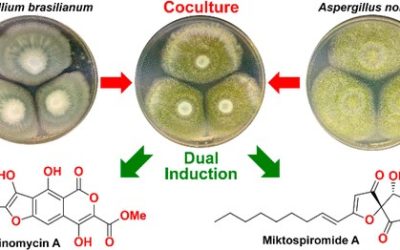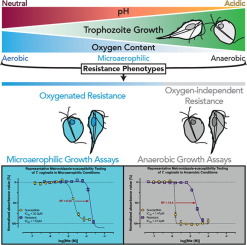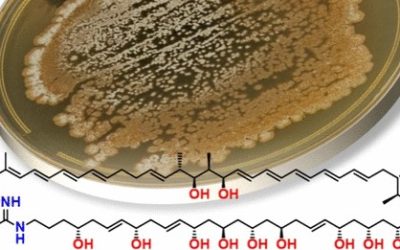Samantha J. Emery, Mehdi Mirzaei, Daniel Vuong, Dana Pascovici, Joel M. Chick, Ernest Lacey & Paul A. Haynes
Nature Scientific Reports 2016, 6, 20765.
Publication Date: February 12, 2016
https://doi.org/10.1038/srep20765
Abstract:
Giardia duodenalis is responsible for the majority of parasitic gastroenteritis in humans worldwide. Host-parasite interaction models in vitro provide insights into disease and virulence and help us to understand pathogenesis. Using HT-29 intestinal epithelial cells (IEC) as a model we have demonstrated that initial sensitisation by host secretions reduces proclivity for trophozoite attachment, while inducing virulence factors. Host soluble factors triggered up-regulation of membrane and secreted proteins, including Tenascins, Cathepsin-B precursor, cystatin and numerous Variant-specific Surface Proteins (VSPs). By comparison, host-cell attached trophozoites up-regulated intracellular pathways for ubiquitination, reactive oxygen species (ROS) detoxification and production of pyridoxal phosphate (PLP). We reason that these results demonstrate early pathogenesis in Giardia involves two independent host-parasite interactions. Motile trophozoites respond to soluble secreted signals, which deter attachment and induce expression of virulence factors. Trophozoites attached to host cells, in contrast, respond by up-regulating intracellular pathways involved in clearance of ROS, thus anticipating the host defence response.


